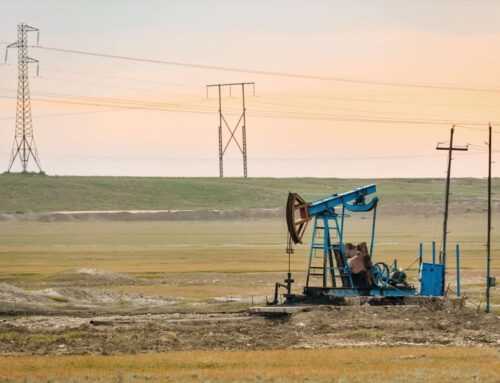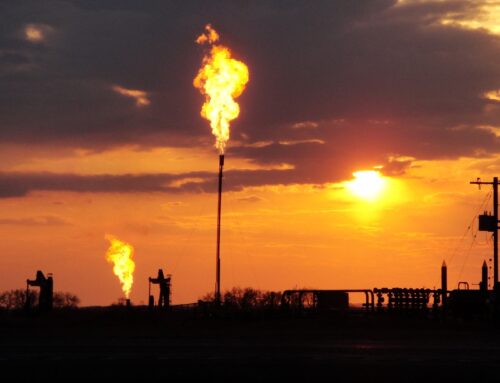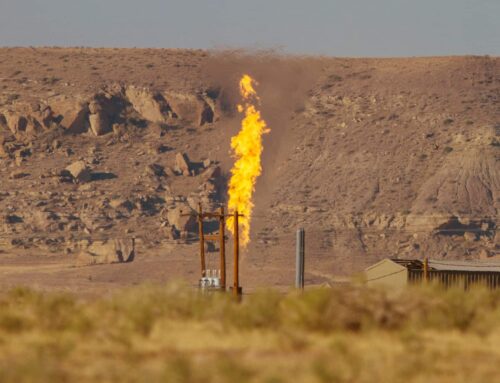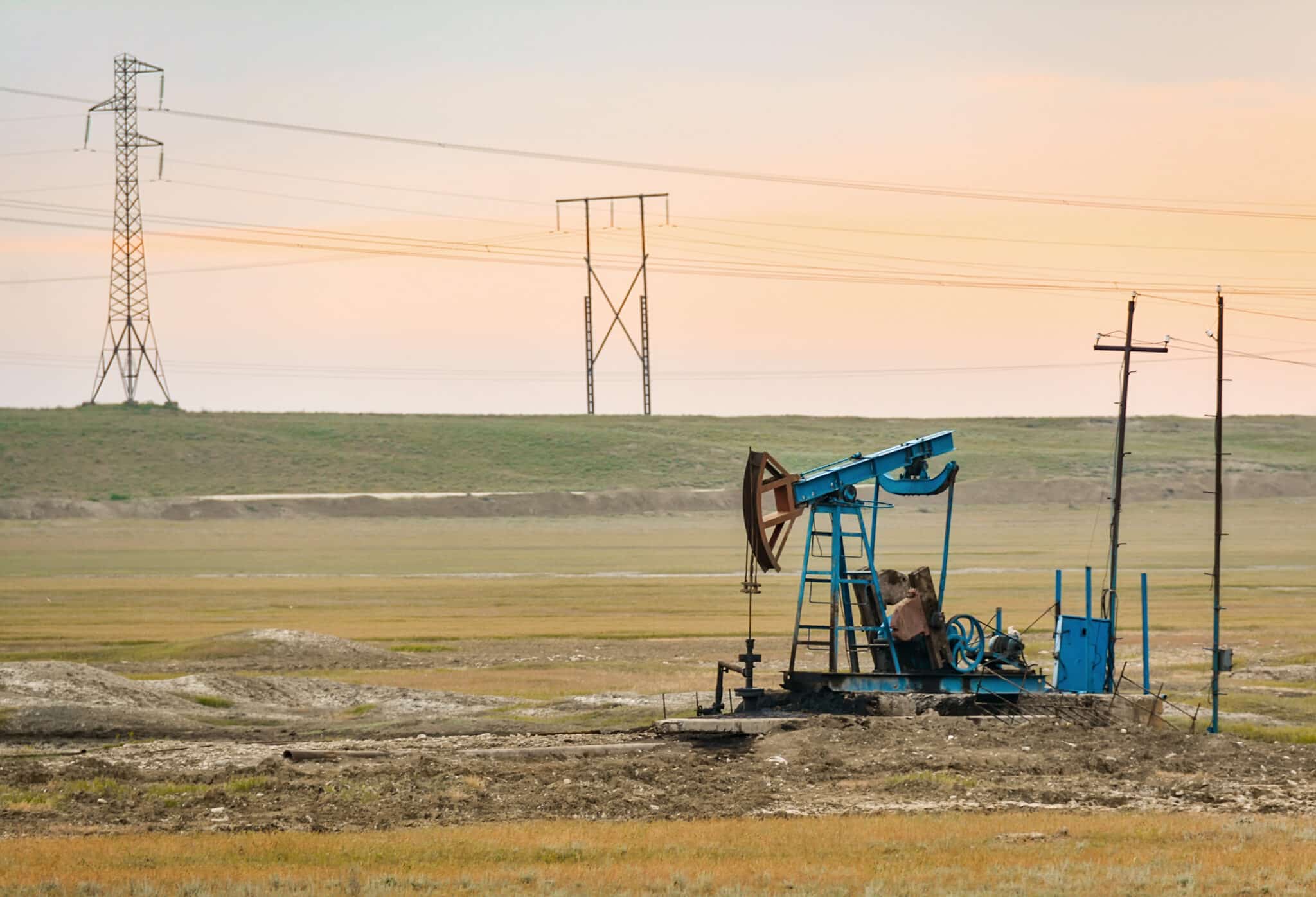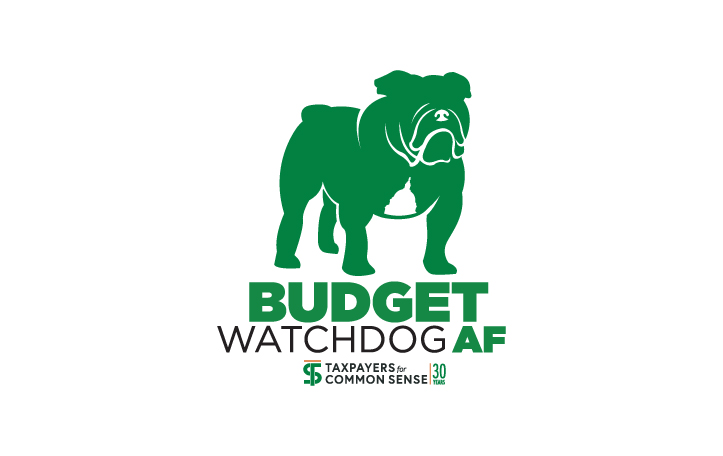On June 10, the Bureau of Land Management (BLM), under the Department of the Interior (DOI), held an auction for oil and gas leases on federal land in Wyoming. BLM offered 29 parcels, containing 22,965 and sold 27 parcels containing 21,645 acres. This was the eighth federal onshore lease sale of 2025, following previous auctions in New Mexico, Montana and North Dakota, Wyoming, Nevada, Montana and North Dakota, and Utah. BLM has another lease sale in Wyoming scheduled for later this week.
The United States holds vast onshore mineral resources owned by American taxpayers. The BLM auctions leases that give private companies the right to drill for and sell these public resources. The federal oil and gas leasing program has three main sources of revenue, which is shared between the Treasury and the state where development occurs:
- Bonus Bids: upfront payments offered at competitive auctions to secure drilling rights
- Rent: annual payments by leaseholders until production begins
- Royalties: a percentage of the value of extracted oil and gas
| State | Acres Offered | Acres Sold | % Sold | Total Bid Revenue | Avg. Bid/Acre | Avg. Bid/Acre (2015-2024) | Total Revenue |
| WY | 22,965 | 21,645 | 94% | $7,536,133 | $348/acre | $169/acre | $7,684,786 |
The average bid in today’s sale—$348/acre—is more than double the average bid for Wyoming lease sales over the last decade, 2015-2024, and more than triple the average bid in sales the decade before fiscal policies were updated, 2011-2020. Nearly half of all acres leased, 46%, were sold at the minimum bid of $10/acre. The 9 parcels are all located in Natrona County and were acquired by the same bidder.
The results of today’s sale are further evidence that strategic leasing under fair, market-rate terms can raise important revenue for federal and Wyoming taxpayers without hampering industry interest. The updated terms, enacted by Congress in 2022, have helped ensure taxpayers receive a fair return from the development of federally-owned resources. These terms include:
- Higher Royalty Rates: The federal royalty rate was raised from 12.5% to 16.67%, which still lags behind the rates charged by states like Texas.
- New Rental Rates: The old rental rate, set during the Reagan administration, was raised to $3 per acre for the first two years, $5 per acre for years 3-8, and no less than $15 per acre for years 9-10.
- New Minimum Bid: The minimum legal bid, previous $2 per acre, was raised to $10 per acre.
- Updated Bonding Requirements: Bonding requirements were changed to better shield taxpayers from reclamation liabilities and align with actual market conditions.
- End of Noncompetitive Leasing: Taxpayers previously lost out on thousands of dollars of bid revenue under the noncompetitive leasing loophole, which allowed oil and gas leases to be sold without a competitive auction in certain situations.
- Smart Leasing Strategy: BLM is directed to prioritize locations that are likely to increase public value and drive competition.
A recent report from TCS demonstrates the importance of the 2022 onshore leasing reforms. Over $164 million in auction revenue was generated from lease sales throughout the U.S. in 2024. Furthermore, the average bid on oil and gas leases last year was about $2,149 per acre — significantly higher than previous years. This result demonstrates that the reforms have successfully raised revenues while avoiding major disruptions in the oil and gas industry. Since oil and gas revenues are required to be split with the states in which leases are located, the reforms have also supported local communities.
Unfortunately, Congress is seeking to revert the royalty rate changes and reinstate noncompetitive leasing as part of the FY2026 budget reconciliation bill (called the One Big Beautiful Bill Act). Taxpayers were shortchanged on a massive scale during the decades that noncompetitive leasing was in effect. Less than 2% of the more than 6,000 noncompetitive leases that were issued by the BLM from 2001 to 2020 began production within a decade. As a result, very little revenue was ever generated from these leases.
The state of Wyoming would be hit particularly hard by a reversion back to the previous federal royalty rate. TCS has previously found that outdated royalty rates on federal leases in Wyoming cost taxpayers over $2 billion in revenue from FY2013-2022. Bringing back noncompetitive leasing also risks blocking other uses of federal land, such as recreation or conservation, by creating opportunities for speculators to acquire large amounts of land at rock-bottom prices.
The oil and gas resources on federal lands are owned by American taxpayers. The current, modernized federal oil and gas leasing process helps ensure that taxpayers are compensated fairly for the value of these resources. Reverting to an outdated, below-market royalty rate and re-introducing the noncompetitive leasing loophole would harm taxpayers by reducing revenues and increasing liabilities.


